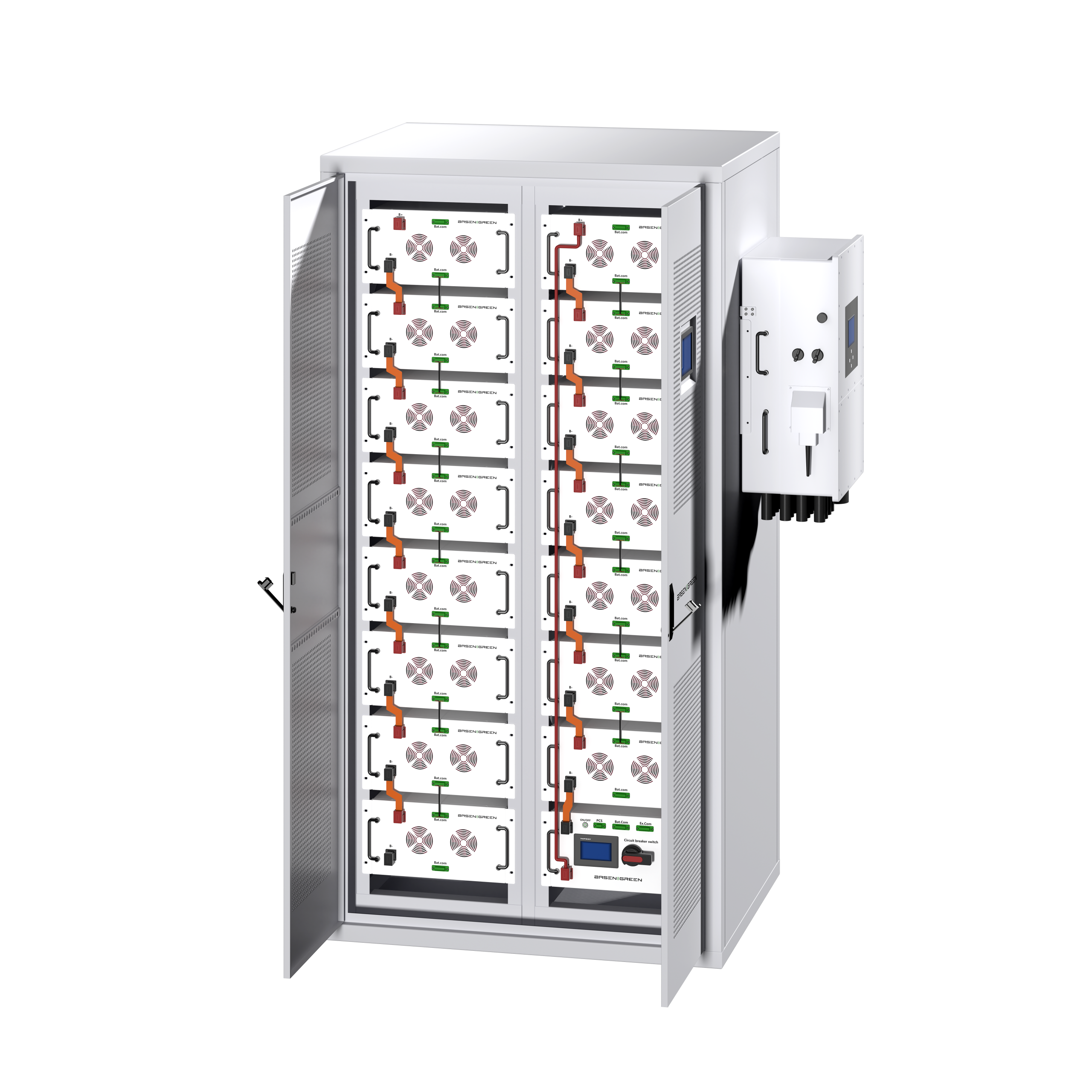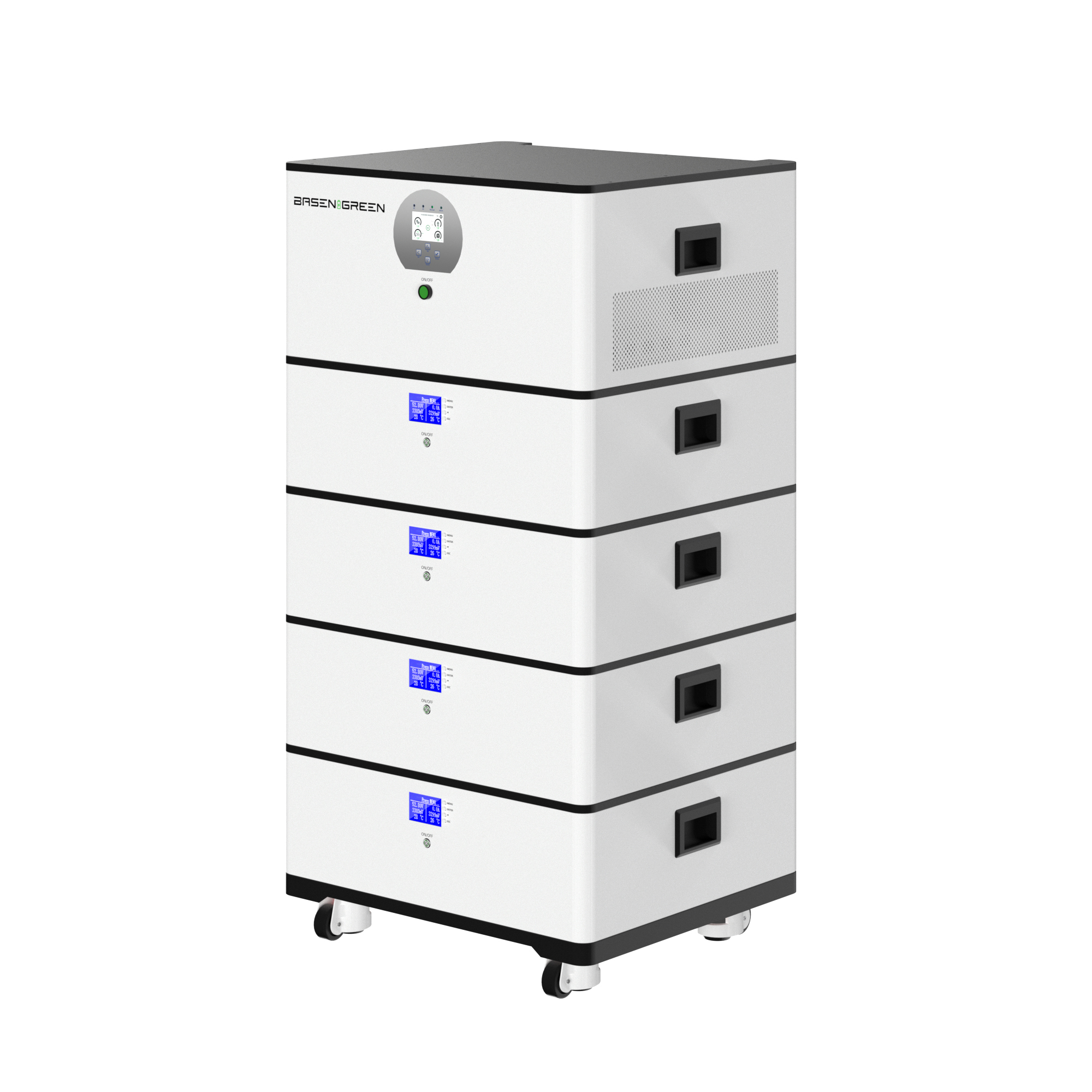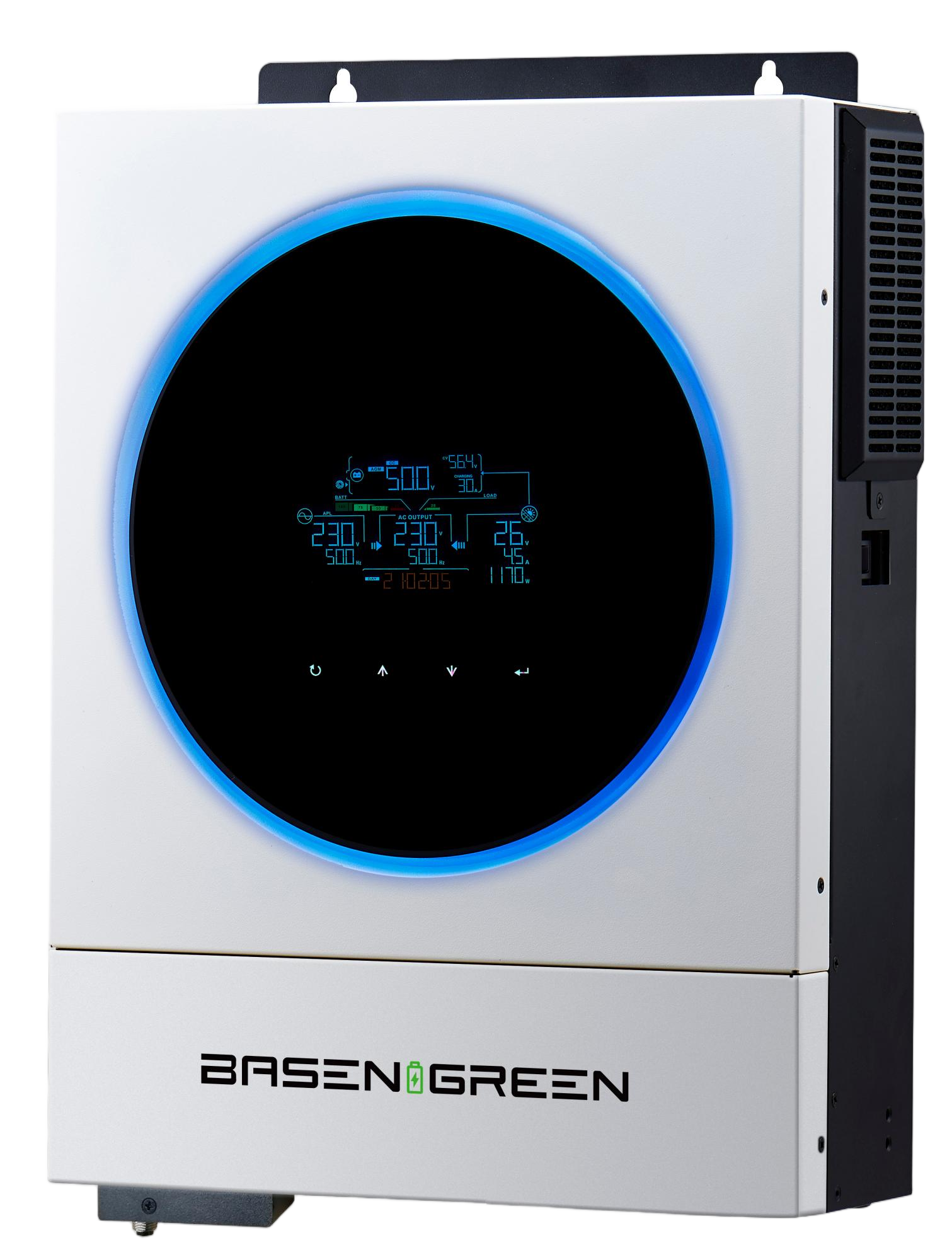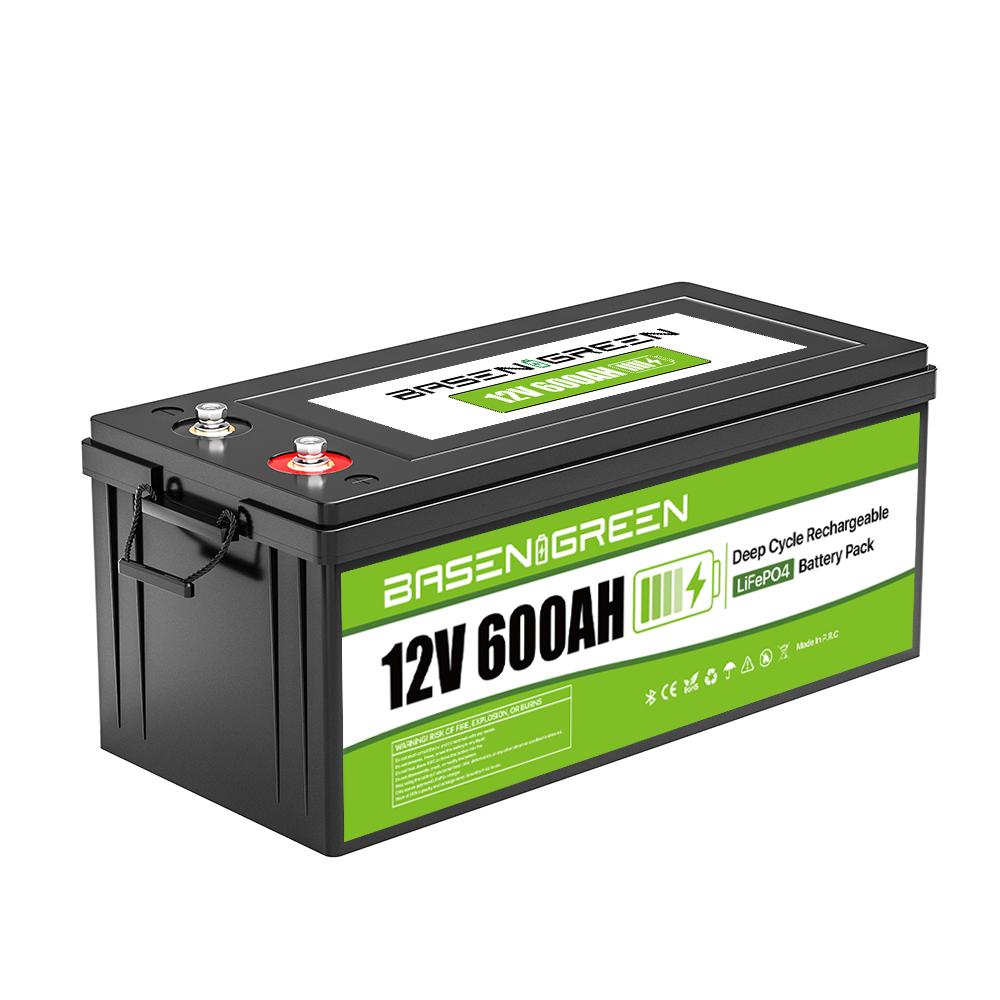Solar Controller Tips for Matching MB56 Battery
Solar energy has become a cornerstone of modern renewable energy systems, and the efficiency of these systems heavily relies on proper component matching. Among the critical components in a solar setup, the solar controller and the battery play pivotal roles. The MB56 battery, known for its reliability and performance, requires a well-matched solar controller to ensure optimal energy storage and retrieval. , we will explore essential tips for matching the MB56 battery with the right solar controller.
Understanding the MB56 Battery
The MB56 battery is a deep-cycle lithium iron phosphate (LiFePO4) battery, widely used in solar energy systems, RVs, boats, and other off-grid applications. It offers several advantages, including high energy density, long cycle life, and excellent thermal stability. The nominal voltage of the MB56 is 56 volts, making it suitable for high-power applications.
Key specifications of the MB56 battery include:
Capacity: Typically ranges from 200Ah to 300Ah, depending on the model. Cycle Life: Up to 5,000 cycles with proper maintenance. Efficiency: High charge and discharge efficiency, around 95-98%.The Role of a Solar Controller
A solar controller, also known as a charge controller, is an essential component that manages the flow of energy from the solar panels to the battery. Its primary functions include:
Preventing overcharging of the battery. Preventing deep discharging of the battery. Maximizing the efficiency of energy transfer. Protecting the system from overcurrent and short circuits.For the MB56 battery, selecting the right solar controller is crucial to ensure its longevity and performance. A mismatched controller can lead to undercharging, overcharging, or even battery damage.
Key Considerations for Matching MB56 Battery with a Solar Controller
1. Battery Capacity
The first step in matching the MB56 battery with a solar controller is to determine the battery’s capacity. The solar controller must be able to handle the battery’s Ah (ampere-hour) rating. For example, if the MB56 battery has a 250Ah capacity, the solar controller should have a current rating that can handle the maximum charge and discharge rates.
2. Voltage Rating
The MB56 battery operates at a nominal voltage of 56V. Therefore, the solar controller must be compatible with this voltage. Some controllers are designed for 12V, 24V, or 48V systems, so it’s essential to choose one that supports 56V.
3. Charge Algorithm
Different solar controllers use different charge algorithms to manage the charging process. For LiFePO4 batteries like the MB56, it’s crucial to use a controller that employs a charge algorithm specifically designed for LiFePO4 batteries. These algorithms ensure that the battery is charged and discharged safely, preventing overcharging and deep discharging.
4. Efficiency and Losses
The efficiency of the solar controller directly impacts the overall efficiency of the solar energy system. A more efficient controller will result in less energy loss during the charging and discharging process. Look for controllers with high efficiency ratings (typically above 98%).
5. System Scalability
If you plan to expand your solar energy system in the future, consider a solar controller that offers scalability. The MB56 battery can be used in both small and large systems, so a controller with scalability features will be a wise investment.
Choosing the Right Solar Controller for MB56 Battery
When selecting a solar controller for the MB56 battery, consider the following options:
1. MPPT (Maximum Power Point Tracking) Controllers
MPPT controllers are highly recommended for solar systems, including those with the MB56 battery. These controllers maximize the energy harvest from solar panels by operating at the system’s optimal voltage. MPPT technology ensures that the solar panels are operating at their maximum efficiency, resulting in more energy being stored in the battery.
2. PWM (Pulse Width Modulation) Controllers
PWM controllers are simpler and more affordable than MPPT controllers. However, they are less efficient, especially in low-light conditions. For small systems, a PWM controller may suffice, but for larger systems with the MB56 battery, an MPPT controller is a better choice.
3. Smart Controllers
Smart controllers offer advanced features such as Bluetooth or Wi-Fi connectivity, allowing you to monitor and control your solar system remotely. They also provide detailed system status and fault detection, making them a great choice for larger systems.
Installation and Maintenance Tips
1. Proper Installation
Ensure that the solar controller is installed in a cool, well-ventilated area to prevent overheating. Overheating can reduce the efficiency and lifespan of the controller and the battery.
2. Regular Maintenance
Regularly check the connections between the solar panels, controller, and battery to ensure they are secure and free of corrosion. Clean the solar panels to maximize energy production.
3. Monitoring
Use a monitoring system to keep track of the battery’s state of charge, voltage, and temperature. This will help you detect any issues early and prevent battery damage.
4. Temperature Compensation
Most modern solar controllers, including those for the MB56 battery, come with temperature compensation features. This feature adjusts the charging voltage based on the battery’s temperature, ensuring optimal charging in varying environmental conditions.
Matching the MB56 battery with the right solar controller is essential for maximizing the efficiency and longevity of your solar energy system. By considering factors such as battery capacity, voltage rating, charge algorithm, efficiency, and scalability, you can select a solar controller that meets the unique needs of your system. Whether you choose an MPPT, PWM, or smart controller, ensure that it is compatible with the MB56 battery and offers the necessary features for optimal performance. With proper installation and maintenance, your solar energy system will provide reliable and efficient power for years to come.






